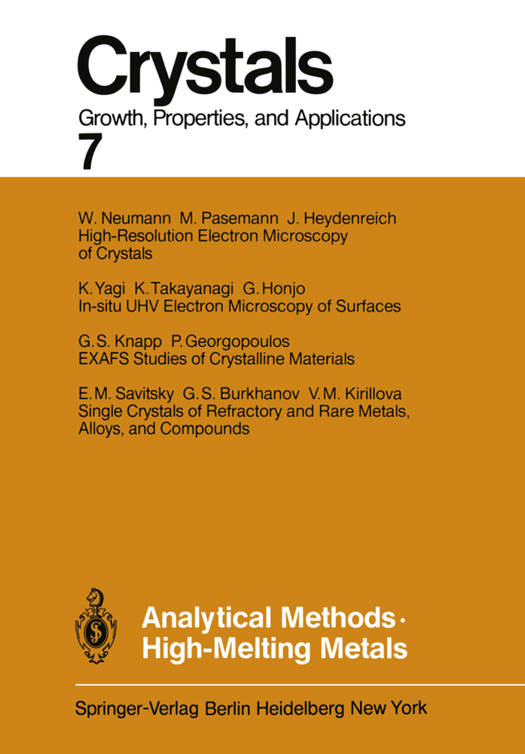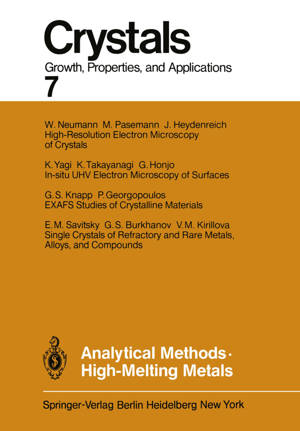
- Afhalen na 1 uur in een winkel met voorraad
- Gratis thuislevering in België vanaf € 30
- Ruim aanbod met 7 miljoen producten
- Afhalen na 1 uur in een winkel met voorraad
- Gratis thuislevering in België vanaf € 30
- Ruim aanbod met 7 miljoen producten
Zoeken
Omschrijving
In solid state physics and in materials science the investigation of the connection between the properties of solids and their microstructure is of major importance. For crystalline materials this connection is related to the lattice structure, and it can be shown convinc- ingly that the material properties depend on deviations from the ideal lattice structure in the majority of cases. For this reason a reliable detection and analysis of defects in "nearly perfect" crystals is necessary, and a sufficient spatial resolution of the methods applied is required. Because electrons on the one hand strongly interact with the matter to be investigated and on the other hand can easily be focused electron-optical methods are very advantageous for this purpose. They are used in the diffraction mode, in the imaging mode and in the spectroscopic mode. The attainable high lateral resolution in the imaging mode makes the application of electron microscopy especially effective. Although already valuable information on crystal defects can be gained by using the routine technique of diffraction contrast imagingl-3) which has a resolution of some 4 10 nm - in the special weak-beam technique ) of some nm -, the detection of crystal defects and inhomogeneities, resp. on an atomic or molecular level by the aid of high- resolution electron microscopy gets increasing importance.
Alleen bij Standaard Boekhandel
+ 300 punten op je klantenkaart van Standaard Boekhandel
Beoordelingen
We publiceren alleen reviews die voldoen aan de voorwaarden voor reviews. Bekijk onze voorwaarden voor reviews.








